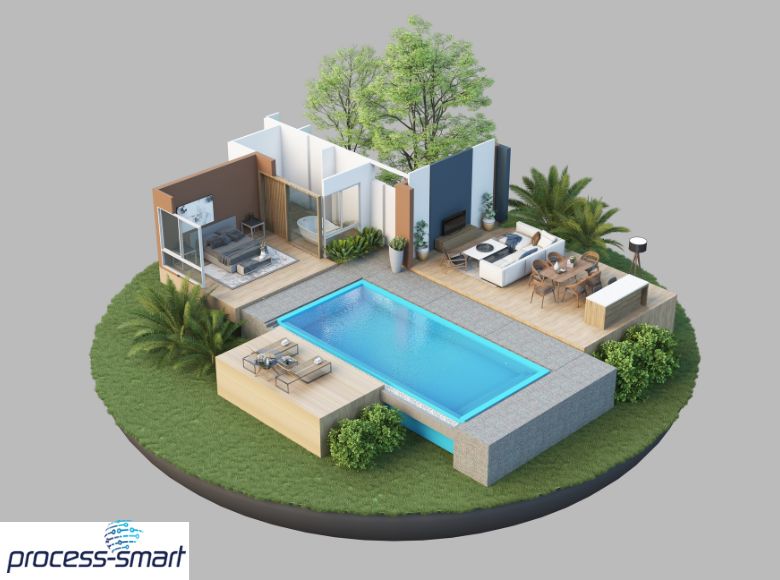In the competitive landscape industry, the ability to visualize the final design before a single plant is placed or a single stone is set can be a game-changer. Utilizing 3D modeling in landscape design offers your customers enhanced clarity, supports quicker client approvals, and drives significantly higher client satisfaction.
The Shift from 2D to 3D
Traditional landscape designs often relied on 2D blueprints and sketches, which, while effective, left much to the imagination. For clients without a trained eye, understanding the scale, texture, and overall aesthetic could be challenging. With 3D modeling, however, landscape designs are brought to life in a realistic, interactive format. Programs like SketchUp, AutoCAD, and Lumion allow designers to create lifelike renderings that include:
- Walkthrough animations that simulate real-world perspectives
- Detailed textures for plants, hardscapes, and water features
- Accurate representations of elevations and sunlight exposure
Enhancing Client Engagement
One of the biggest advantages of 3D modeling is the ability to engage clients throughout the design process. When clients can visually interact with the design—rotating views, zooming in on details, and exploring various perspectives—they become more invested in the outcome. This reduces misunderstandings, shortens revision cycles, and increases the likelihood of project approval.
Faster Approvals with Clear Visualization
The enhanced clarity provided by 3D models significantly speeds up the approval process. When clients can see exactly what their finished landscape will look like, it alleviates concerns and supports a faster decision-making process. According to industry reports, landscape projects that incorporate 3D visualization are 30% more likely to be approved on the first submission.
Cost Savings and Error Reduction
Beyond client satisfaction, 3D modeling helps landscape businesses save costs and minimize errors. By visualizing the project in a virtual environment, designers can spot potential issues before they become costly mistakes on the job site. This proactive approach not only reduces material waste but also improves installation efficiency.
The integration of 3D modeling into landscape design represents a significant leap forward for the industry. Enhanced visualization, faster client approvals, and reduced errors make it an indispensable tool for modern landscape businesses looking to stay competitive and deliver exceptional service.

